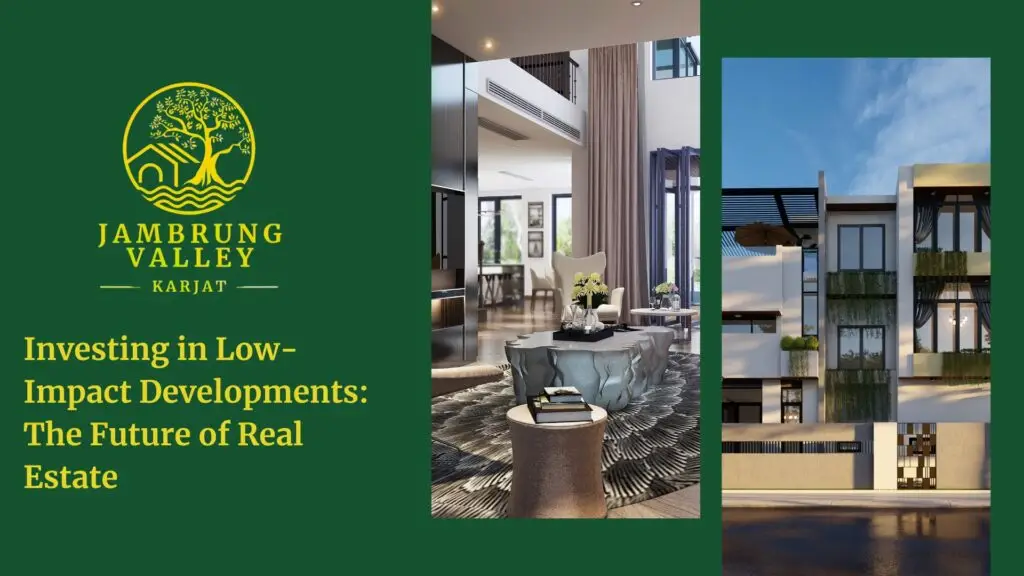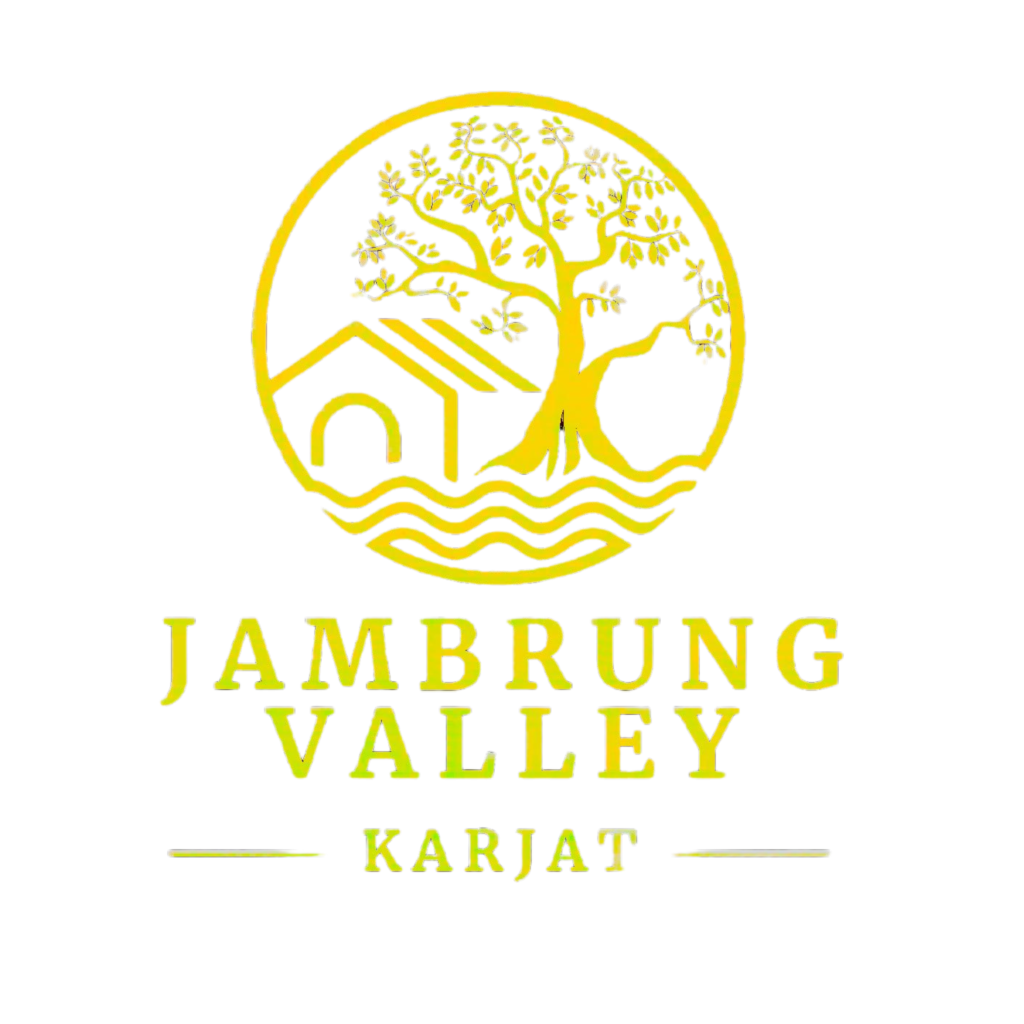
Investing in Low-Impact Developments: The Future of Real Estate
The world of real estate is undergoing a seismic shift. With increasing awareness of environmental issues and a growing emphasis on sustainability, low-impact developments (LID) have emerged as the future of real estate investment. These projects balance modern living with ecological stewardship, creating opportunities for both profitable and responsible investments.
What Are Low-Impact Developments?
Low-impact developments are real estate projects that prioritize sustainability and environmental preservation. They are meticulously designed to minimize disruption to natural ecosystems while integrating eco-friendly construction materials, renewable energy systems, and water-efficient technologies. These properties embody a harmonious relationship with the environment and cater to a market that values sustainability.
Why Low-Impact Developments Are Shaping the Future
1. Rising Environmental Awareness
As global environmental concerns escalate, consumers and businesses are gravitating towards sustainable solutions. Low-impact developments offer a tangible way to address these concerns while enhancing the quality of life for occupants.
2. Demand for Sustainable Living Spaces
Eco-conscious buyers and tenants are seeking properties that reflect their values. Properties with sustainable features are not just ethical choices—they’re also becoming status symbols in modern society.
3. Regulatory Advantages
Governments around the globe are incentivizing sustainable practices with tax breaks, grants, and certifications. Investing in LID properties can unlock significant financial and legal benefits.
Key Features of Low-Impact Developments
1. Renewable Energy Integration
Harnessing solar, wind, and geothermal energy sources is a hallmark of low-impact developments. These technologies reduce reliance on fossil fuels and cut operational costs.
2. Sustainable Building Materials
Developments often incorporate bamboo, recycled steel, reclaimed wood, and low-VOC (volatile organic compound) paints. These materials are not only durable but also minimize the carbon footprint of construction.
3. Smart Water Management
Rainwater harvesting systems, greywater recycling, and water-efficient landscaping ensure sustainable water use while reducing wastage.
4. Green Infrastructure
Features like green roofs, permeable pavements, and urban vegetation improve air quality, reduce heat island effects, and enhance biodiversity.
5. Smart Technology Integration
IoT-enabled systems monitor and optimize energy consumption, lighting, and climate control, ensuring maximum efficiency and minimal waste.
Financial Benefits of Low-Impact Developments
1. Reduced Operational Costs
Energy-efficient systems and sustainable designs significantly lower utility expenses, making these properties cost-effective in the long run.
2. Attractive to Buyers
Properties with sustainable features are in high demand, ensuring higher occupancy rates and values.
3. Long-Term Value Retention
LID properties are resilient to climate-related risks, making them a stable investment choice as traditional properties face depreciation due to environmental challenges.
How Low-Impact Developments Contribute to Climate Resilience
1. Adaptability to Climate Changes
LID properties are designed to endure extreme weather conditions, such as heavy rainfall, droughts, and heatwaves, ensuring longevity and safety.
2. Reduction of Carbon Footprint
By integrating renewable energy and sustainable practices, these developments actively contribute to reducing greenhouse gas emissions.
3. Preservation of Natural Habitats
Low-impact developments prioritize the conservation of existing landscapes, reducing the ecological imbalance often caused by urbanization.
The Future Is Green
Low-impact developments represent a paradigm shift in real estate, merging innovation with responsibility. For investors, they offer not just financial rewards but the opportunity to play a pivotal role in shaping a sustainable future.
For those looking to invest in low-impact developments, exploring tranquil and eco-conscious locations like Karjat can be an excellent start. Properties in Jambrung Valley exemplify how nature and modernity can coexist seamlessly.



